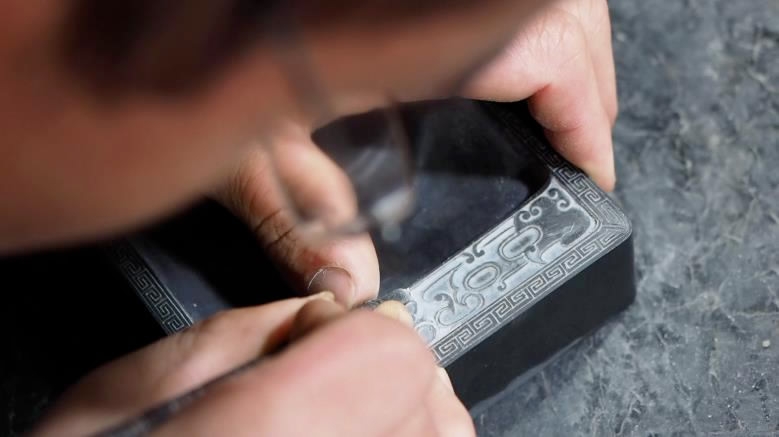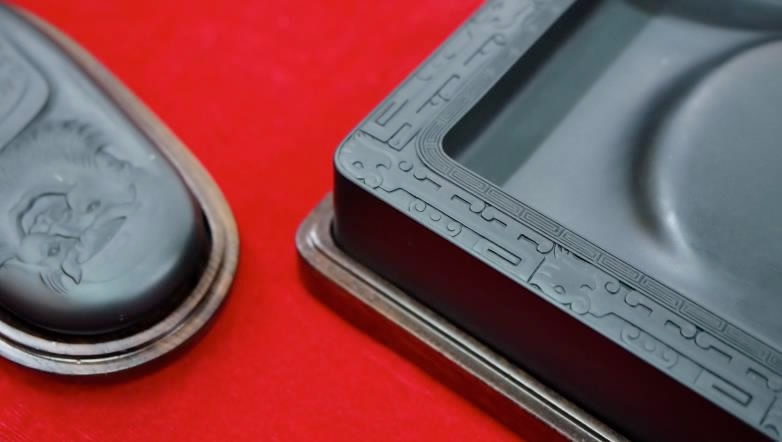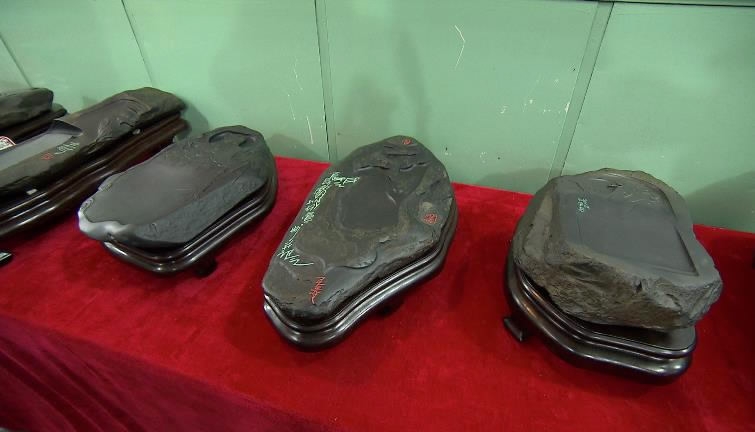The dying art of bringing rocks to life

By CGTN’s Min Zhui Lee and Xu Zhengyin
There are fewer than 50 people in China today who have mastered an ancient art involving stones and metal implements.
The craft of carving inkstones is an intangible cultural heritage, and a practice that requires supreme patience and precision, as well as mental and physical strength.

CGTN Photo
An inkstone is a mortar used for grinding ink sticks and containing the liquid formed. It is one of the four vital stationery items of the Chinese literati, known as the “Four Treasures of the Study” – writing brush, paper, ink stick, and inkstone.
Superior inkstones are highly collectible items. During imperial times, Chinese rulers presented them as gifts to one another. Some genuine antique inkstones are priced at several million US dollars.

CGTN Photo
The earliest excavated inkstone dates back more than two millennia, but the production of inkstones reached its height in the Song Dynasty (960-1279, AD).
For serious calligraphers and painters, a good inkstone is just as important as the ink itself. Low porosity is a key feature of a quality inkstone -- the denser it is, the less water it will absorb.

CGTN Photo
There are “Four Famous InkStones” in China – Duan inkstones made from volcanic rock in south China's Guangdong Province, She inkstones quarried from mines in the eastern provinces of Anhui and Jiangxi, Tao inkstones found at the bottom of the Tao River in the northwestern province of Gansu, and Chengni inkstones which are ceramic-manufactured and said to have originated in central China's Henan Province.

CGTN Photo
Inkstones can be sculpted into all sorts of shapes. The most common being rectangular prisms, but they can also be contoured as desired by the artist, or retain much of their original form.
The carving of inkstones is beyond a shred of a doubt an exquisite, almost magical art transforming works of Mother Nature into wonders of workmanship, carried on today through no more than 50 masters.
